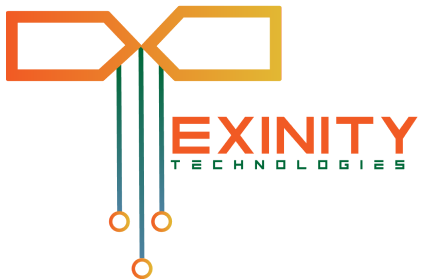
Data Science and Machine Learning
The bar of competition between data science and ml has been balanced in the middle for quite a while
-Shaheera Fatima
Data Science and Machine Learning
Thin threads of difference between the two, data science and machine learning are the two most interesting branches of IT yet equally indistinguishable at times.
For those looking to choose a techy, interesting, and riveting branch in IT to study or invest in; it’s high time to understand the basic concept of each of these two fields. In themselves, both shall remain equally compelling for a techy mind, the former being more human labor driven, involved in analysis and interpretation of data whereas the latter is more AI-driven, intelligent systems to remove human intervention and simplify complex data structure with half the labor and time.
A Brief Introduction to Data Science
Given a simple definition, data science is a broad interdisciplinary field of IT that uses scientific methods, processes, tools and technologies, and algorithms to extract knowledge and organize structured and unstructured data, and further, apply this knowledge from data across a broad range of applications domains.
Coming to functionality; a data scientist's main role is to organize and analyze large portions of data through custom-designed analytical software and tools, to help analyze data and prove or disprove certain hypotheses. Breaking it down to simplified terms, data science is used to gain knowledge from, and design algorithms that can further be used to analyze and interpret useful information from data and help guide data-driven decision-making; and lastly to help increase the privacy and security of sensitive data.
Summing it all up, data science is a generalized term that covers all areas of data handling, analysis, and protection.
Some applications of data science include; Fraud and Risk Detection, Healthcare, Internet Search, Website Recommendations, Speech Recognition, etc.
Keeping in view, the business and technological advancements of today’s industry the need for data science and its vast applications has greatly increased. In the field of IT, Artificial Intelligence, the Internet of things, and Deep Learning; naming a few, are some of the technological concepts that Data science encompasses. In the business sector, we all know that data is continuously being collected by companies due to transactions and website interactions, therefore the main challenge faced here is the analysis and categorization of the data that is being collected and stored. In a situation of mayhem like this, a data scientist emerges as a savior who is capable of properly and efficiently handling the data which results in better productivity.
About Machine Learning:
Machine Learning, we can say, is a sub-branch of AI, which is broadly defined as the capability of a machine to imitate intelligent human behavior. It refers to how a computer program can learn and adapt to new data without human intervention.
It facilitates building automated systems that can learn by themselves. Then, the system enhances their performance by learning from experience without any human intervention, as mentioned above. This helps the machines make data-directed choices.
Something ultimately noticeable about this comparison is that machine learning can be called one of the productive outputs of data science. To explain it further, machine learning is the science of designing artificially intelligent tools and technologies that further help develop new programs and software for advancements in IT. So, this time new software is designed but the developers are better facilitated by having intelligent compilers and technologies which decrease the hustle and labor work in software design and coding.
Summing up; “Data science products facilitating data science (to be specific) is machine learning.”
Machine learning functions enable us to work with data according to the different steps of the data analysis process which include, preparing, training, evaluating, applying, and managing models of data, all of which are encompassed whilst designing machine learning technologies.
Since machine learning produces intelligent tech to help automatically analyze and interpret data it has vast applications in the IT world; it obviously has a wide scope and broad applications in terms of productivity and research as well, a few of which are; Image and speech recognition, traffic prediction, product recommendation, self-driving cars, etc.
The difference between the two is explained above. Both, are equally mind-boggling and enthralling in their own unique way. The bar of competition between the two has been balanced in the middle for quite a while. But, would you choose human labor, or a tech-smart enough to replace it?
Posted By: Shaheera Fatima
Posted On: 20 April, 2022